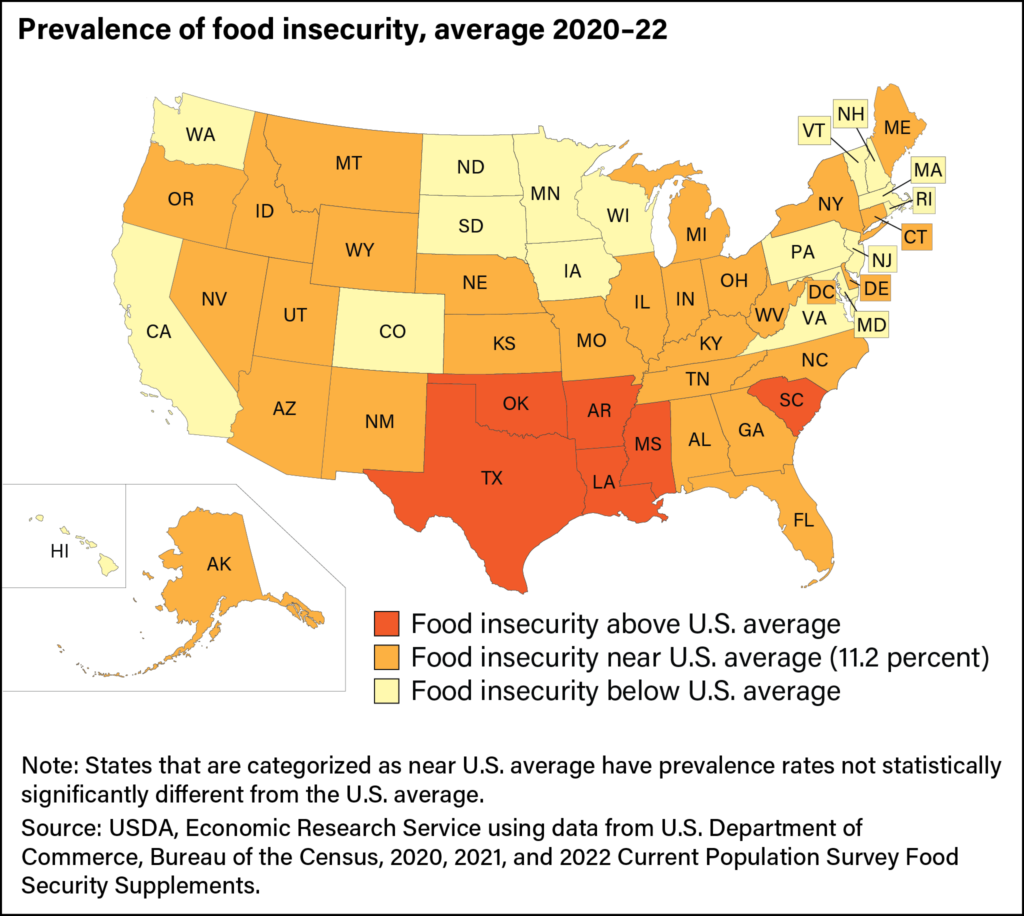
By Franklin Sharon.
On May 1, 2024, Anita Wadhwani of Tennessee Lookout reported that Tennessee environmental groups have filed a suit against the Federal Energy Regulatory Commission (FERC) over its approval of a pipeline that will wind through mostly poor and Black Middle Tennessee communities. This pipeline will supply methane gas to a new Tennessee Valley Authority (TVA) powerplant near Clarksville.
What Are the Groups Asking For? The Sierra Club and Appalachian Voices are asking the United States Court of Appeals for the District of Columbia Circuit to set aside a January order approving the 32-mile pipeline through Dickson, Houston and Stewart Counties. Below is a proposed system map of the Kinder Morgan pipeline that runs through these three Tennessee counties.

Represented by the Southern Environmental Law Center (SELC), these environmental groups say the construction and ultimate operations of the pipeline poses a host of avoidable risks to the communities and natural resources that lie in its path. These groups have criticized federal regulators for caving to pressure from the Tennessee Valley Authority and the company building the pipeline, Tennessee Gas Pipeline.
According to an analysis by FERC, The proposed pipeline’s route goes through eleven (11) communities, seven (7) of which are disproportionately in poor or Black communities and three (3) of which have minority populations of 50% or more. Additionally, the pipeline would cut through dozens of streams that feed into the popular Harpeth River.
Other concerns raised by environmental groups centers on the danger of pipes leaking methane into the atmosphere. Methane is a key contributor to climate warming. The groups also issued a warning, that the costs which TVA is incurring to complete this project will ultimately be borne by consumers in the form of higher energy costs.
Why is This Pipeline So Controversial? The pipeline project is intended to supply natural gas to a new TVA plant in Cumberland City, which is approximately 20 miles southwest of Clarksville. This plant is one of eight gas-powered plants that TVA has announced and is drawing criticism from environmental groups for its continued reliance on climate-damaging fossil fuels instead of investments in renewable energy.
Why Is This Important? Spencer Gall, SELC attorney, said “FERC’s decision to greenlight this project ignored the harm the pipeline and gas plant would inflict on Middle Tennessee and beyond,”
“FERC is supposed to safeguard the public interest, not rubberstamp unnecessary pipeline projects that will harm our communities, hurt the climate, and contribute to higher power bills”.


